Doug Crane Classic Celebrates Its 20th Year: The History Of This Great Swim + Doug's Profile From 2011
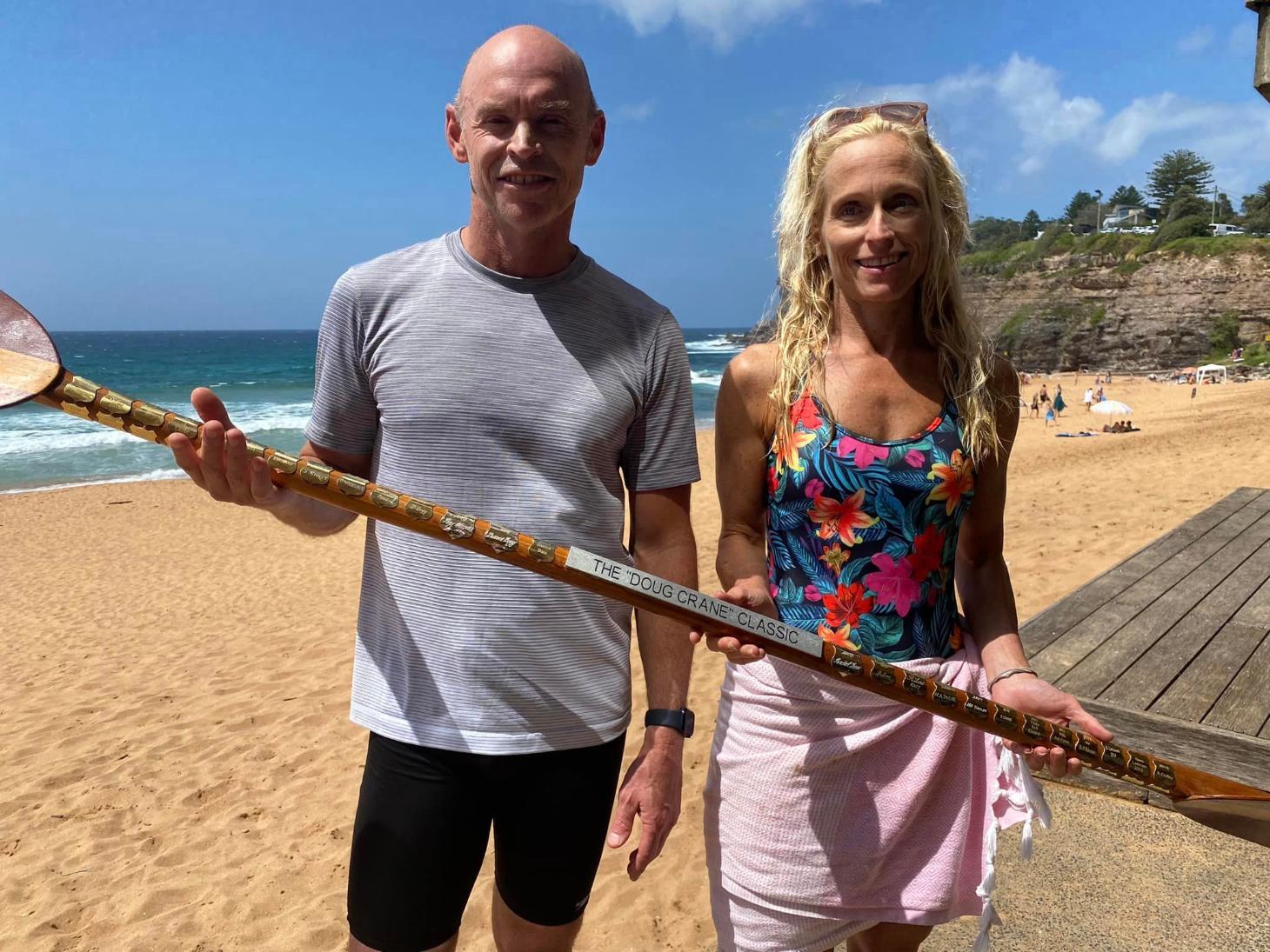
Many of our local ocean rock pools have a social swim group that utilise these facilities year round - at Mona Vale there is the Winter swimming Pittwater Pirates and the all year round Dawnbusters, Narrabeen has the Shivering Sharks, Palm Beach rock pool hosts the daily efforts of the Barrenjoey Breakers.
Ocean social swimming groups are also part of the local mix with Surf life saving clubs having social swim groups within the clubs - at Newport there are the Leatherjackets, Flat Whites and The Knackers.
There are also annual ocean swims within the clubs. Avalon Beach SLSC's Doug Crane Classic, a 1200 metre swim in the ocean, is one of these.
The Doug Crane Classic race is held on the last Sunday before Christmas as this was the day Doug completed his last patrol before retiring. The DCC decides the Club’s best swimmers and is a hotly contested event.
A successful running of the (catch up) 2022 Doug Crane Classic was held on Sunday 12 February 2023. Tropical Cyclone Gabrielle was avoided, but not the Southerly winds. All up 28 swimmers took part with excellent water safety provided by Ross Bloore’s Patrol 10 with extra help from Bob Richardson, Chris McGuckin and Doug Lucas on Jetski.
Thank you to Swim Captain Tim Hixson for organising this great event.
First home: Ashley Brown (6:42), second male Murray Palmer and Toby Lehman third.
First Female: Gem Lehman, second Krystal Elliott and Victoria Stillwell third.
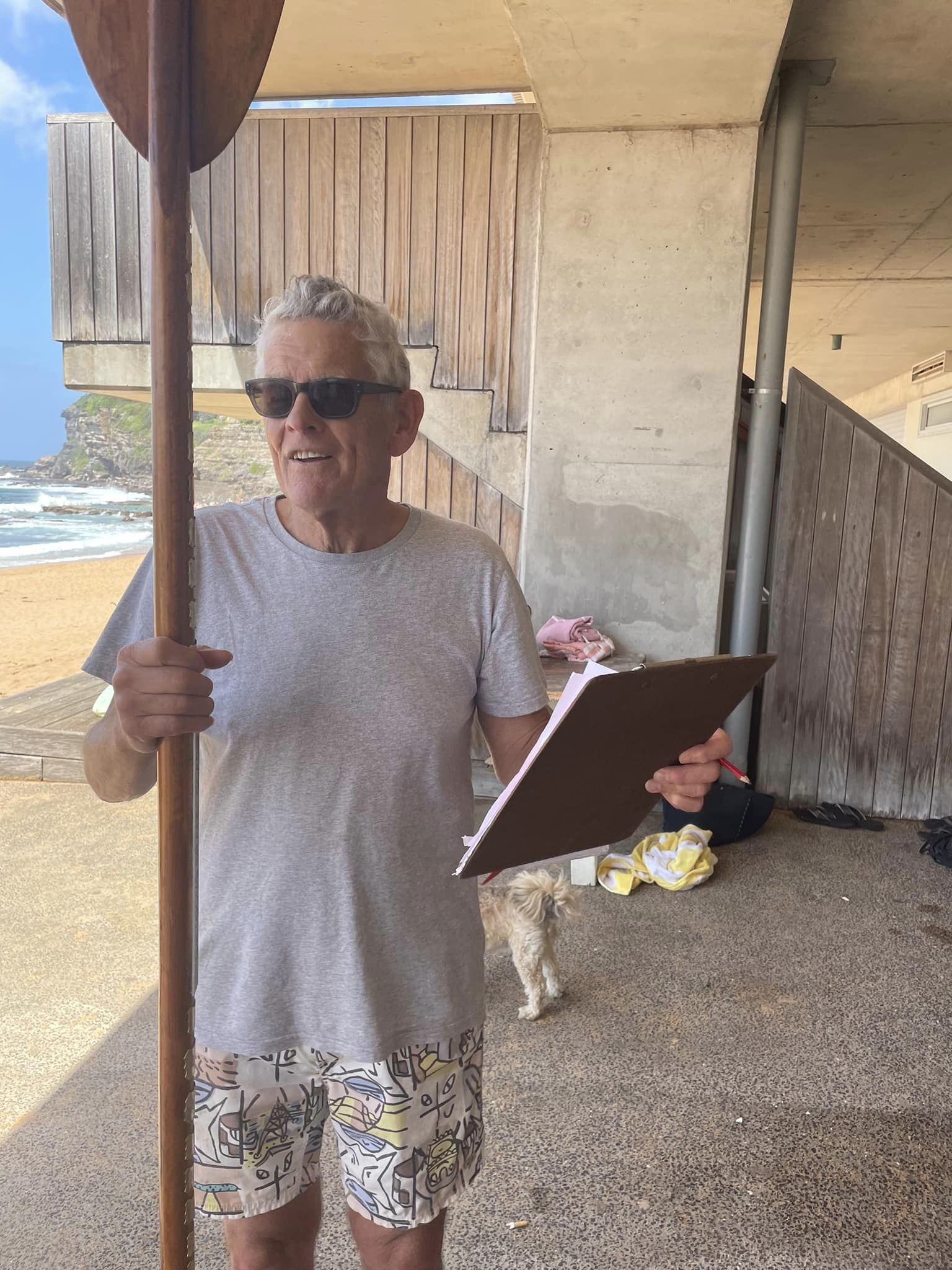
Tim Hixson, ABSLSC Swim Captain
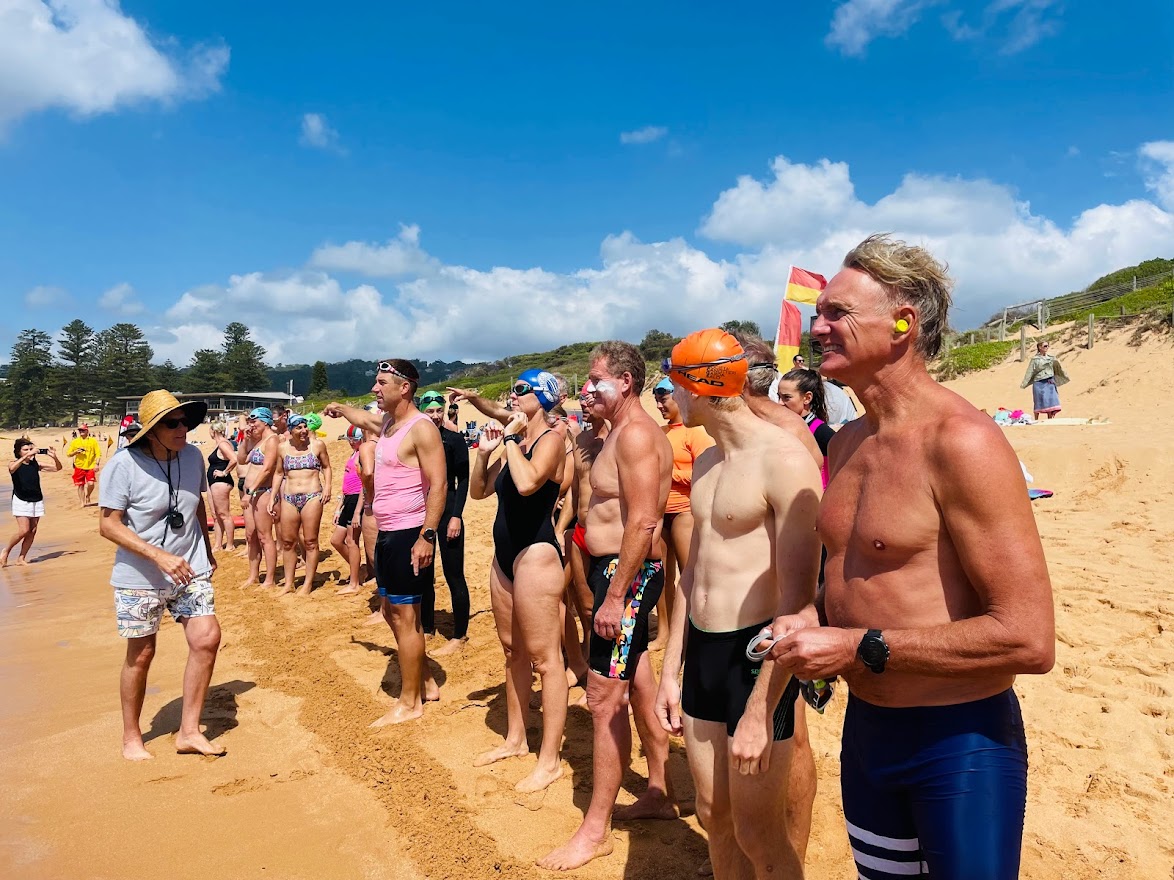
Ready to swim
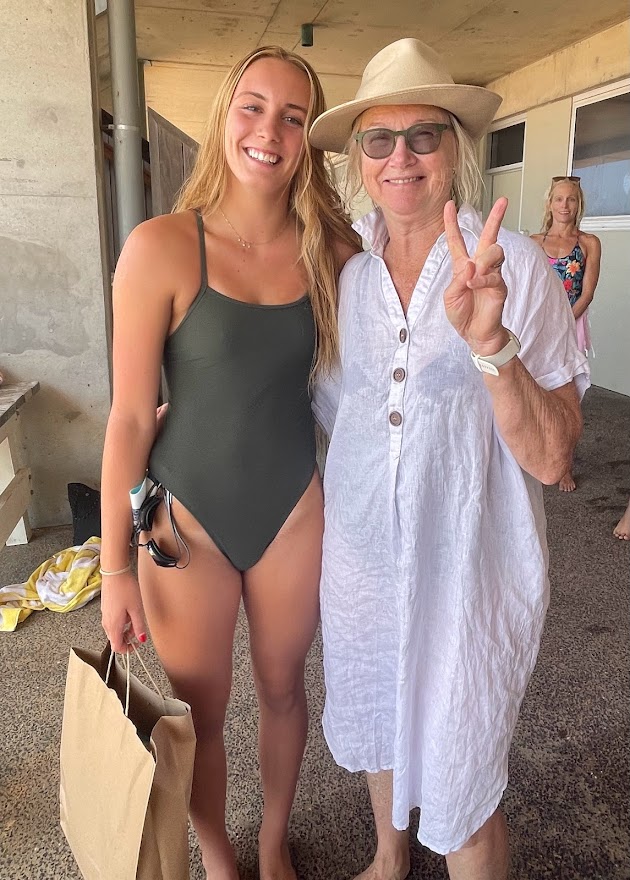
second Krystal Elliott, with Christine Hopton OAM, past president and Life Member of ABSLSC
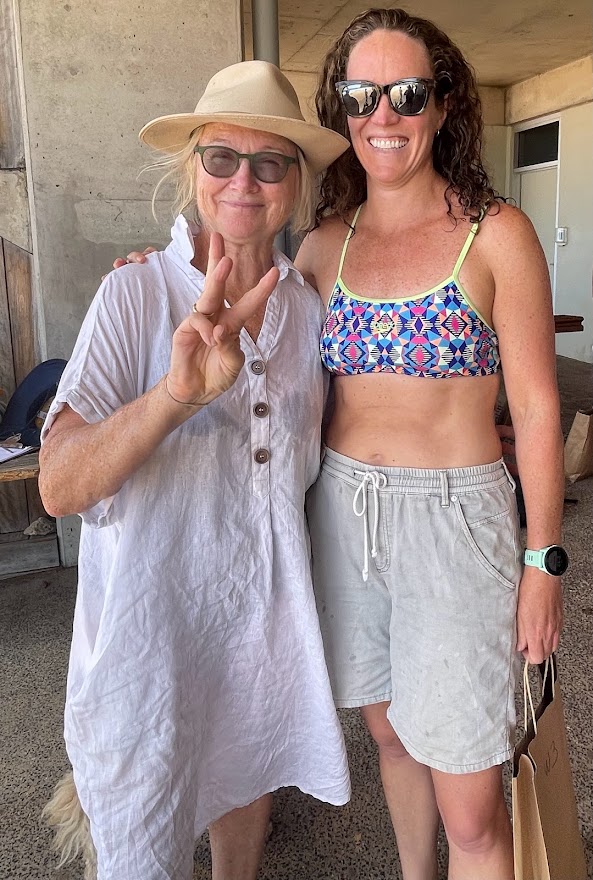
Victoria Stillwell third, with Christine Hopton OAM, past president and Life Member of ABSLSC
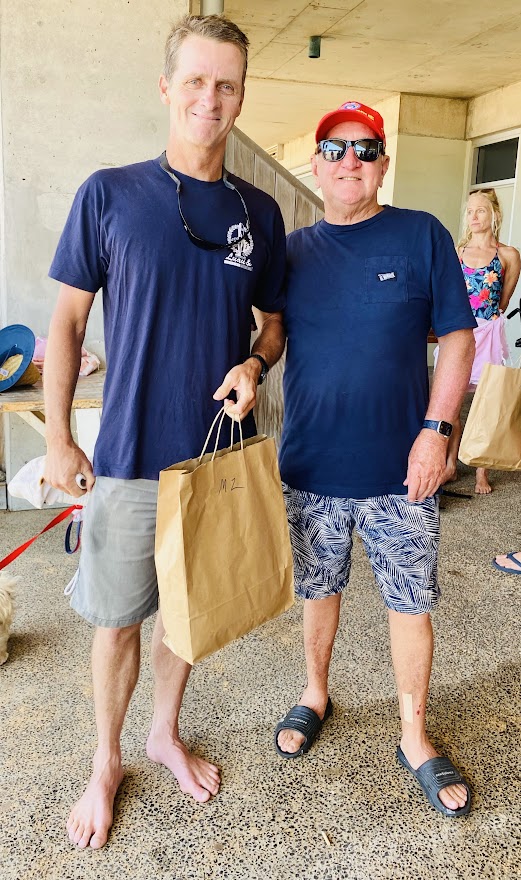
second in men's Murray Palmer, with Warren Young OAM
History of the Doug Crane Classic
This race, in the name of the late longstanding Life Member Doug Crane, is an opportunity for the best surf swimmers in the Club to show their talents over a course of approximately 1km. Generally held on the same day as the Nipper’s Christmas party , the winner’s* names will be engraved on the Doug Crane Classic paddle on display in the Clubhouse Hall of Champions. *This event is open to all Club members and Nipper carnival competitors to participate, however, only Active patrolling members and Nipper carnival competitors are eligible to win. Keep an eye on the newsfeed for the date of the Doug Crane Classic. Registration is not required.
Doug was a member of Avalon Beach SLSC for 65 years having gained his Bronze Medallion back in 1946. Doug was saving lives on our beach well before rubber ducks, rescue boards, wetsuits and tubes. A rescue then meant swimming out attached to a heavy belt and line, something at which Doug excelled, being the Junior Belt Race champion in his first year and then the Senior Belt race and Senior Swim Champion for three years running a couple of years later.
Over the years Doug was a driving force within the club holding the Club Presidency from 1977 – 1989, an incredible 12 years, only almost matched since by Warren Young 1990-2001. He was also the Club’s Vice Captain, Patrol Captain, Registrar, a Life Membership Committee Member and Club Delegate to Branch.
Doug was awarded Life Membership of the Club in season 1982/83 and awarded the Club Honour Blazer in season 2005/06. In the 1995-96 season he was one of four to be awarded the first 50 Year Service Awards (along with Max Watt, Reg Wood, and Ken Davidson). In 1999 he received the Commonwealth Recognition Award for Senior Australians.
In 2003-04 Doug, then in his 70’s, finally decided to retire from patrols and the last Sunday swim for the year was renamed The Doug Crane Classic. In 2005-06, Doug received the 60 Year Award. In 2008 Doug received the Surf Life Saving Sydney Northern Beaches Distinguished Service Award.
His Profile from 2011 runs below so you may hear his story in his words.
The Doug Crane Classic Trophy: Doug's Paddle
On the walls of Avalon Beach Surf Life Saving Club, among the shields and even used as one of the best shields ever in this case, is a range of surf equipment that stems from a pre-fibreglass age and when men knew how to do it for themselves with a few woodwork tools, a lot of ‘know-how’ and from what is available, material wise.
In post WWII Australia bricks, metals and even wood was in short supply. Re-gearing a Nation from defending itself to building itself did not happen overnight. If you wanted to build a home you had to learn how to make bricks yourself, apply to get on waiting lists for certain amounts of necessities or even ‘luxuries’ like carpet and do the best with what you could find in surplus or recycle from discarded odds and ends.
From this necessity and lack sprang some of the most be

Ken Davidson (a Life Member of ABSLSC for 46 years service) remembers this double blade paddle was made by Doug Crane and brought into the club in the late 1950’s or early 1960’s. It is now awarded to the winner of the Doug Crane Classic, the annual December swim race (usually) that honours Doug Crane’s contribution to the club.
Doug Crane was a Naval Architect, Avalon Beach Surf Life Saver and keen fisherman. Getting to the fish offshore as well as the club having the equipment they needed during the post-war scarcity was solved by building a skiff (pictured) and later, a boat (below).
The skiff and paddle form part of ABSLSC’s Surf Craft memorabilia and, as built by a member, are priceless. The craftsmanship, ingenuity involved and quality are testament to skills and how practical functionality can also be appreciated long after modern versions have replaced these classics.
Report by Roger Sayers OAM and ABSLSC and PON records. Photos and results by Warren Young OAM, race starter
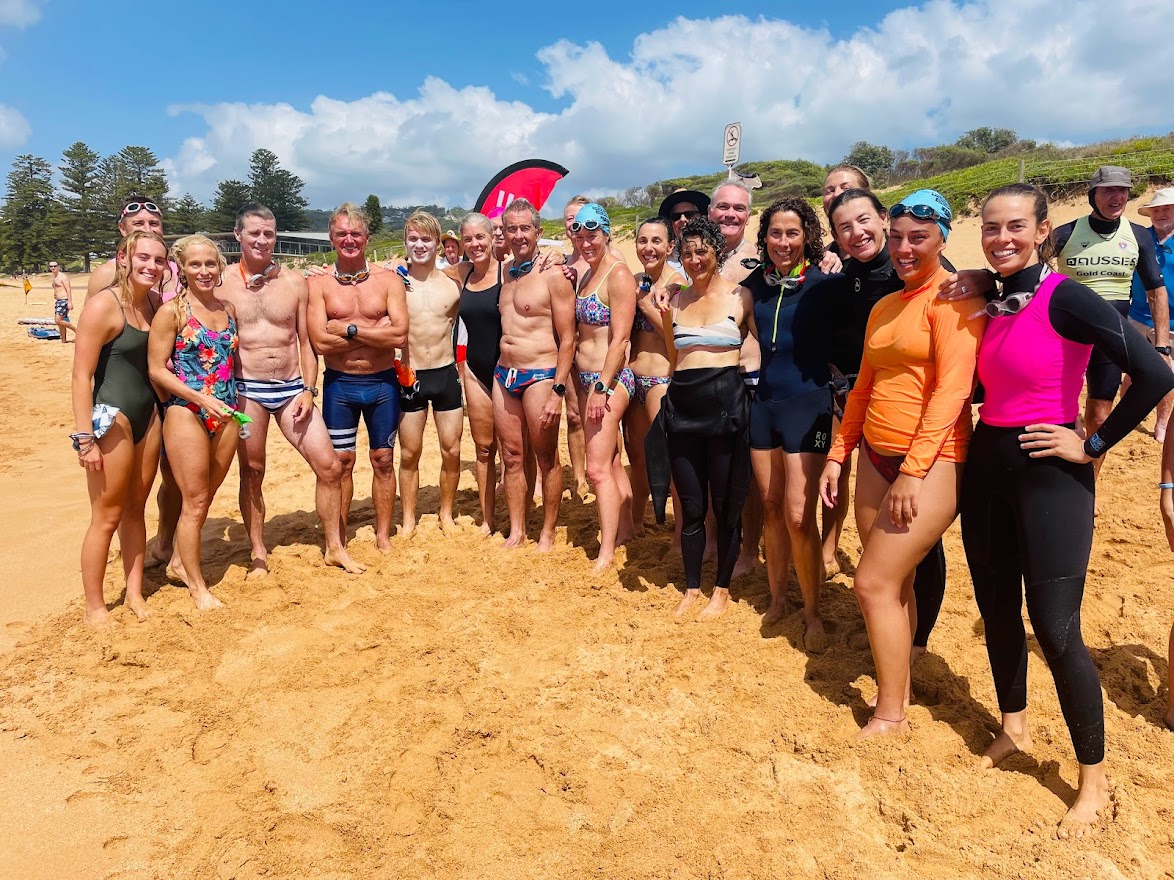
Douglas Crane
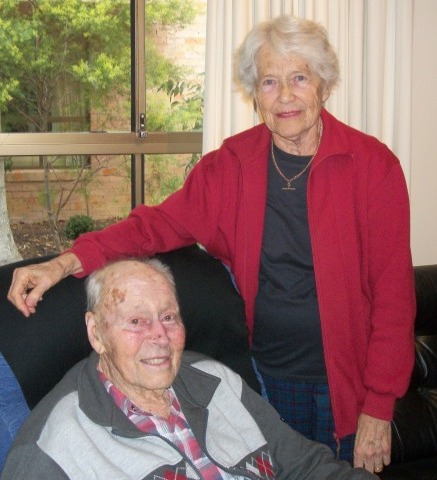
Above: Joan and Doug Crane, 2011.
One of Avalon Beach SLSC’s longest serving lifesavers is Doug Crane. He first started coming to Avalon to be on Patrol during 1944 at the age of 18. Doug is of the generation that came of age during World War Two when members of local surf clubs had left to serve in this conflict and there was a shortage of lifesavers on the beach. Everyone was involved in fighting this war in one form or another and this week Doug gives us some insights on those times and how those too young to fight or already employed in ‘reserved occupations’ and left here, to build the ships, to keep those on the beaches safe at weekends, did what they could to contribute. Doug, serving an apprenticeship at Garden Island Dockyards, became involved in the Woolloomooloo Police Boys Club. One of their trainers, a policeman from Avalon, among other locals, was concerned about those at risk in the surf:
Doug: It was towards the end of the war. You see there’s a little story about the Club’s history for war-time. At the outbreak of WWII all the guys here (Pittwater/Avalon) gradually signed up and they left everyone here (on the beach) without anyone to look after them. And it’s a bit toey on the beach, you’ve got to be careful, a lot of people have ‘gone to sea’, and been rescued, they’ve been lucky. At that stage they were getting a bit worried about; ‘who’s going to help them out of the surf?’, the locals, and it so happened there was a policeman who lived here, who was connected to the Police Boys Club at Woolloomooloo and when the word went out that things were a bit hairy here, he said ‘Oh I think I can help you there, I might be able to train some of you blokes’. I lived in Willoughby and I had to go to the city daily for my own benefit and it wasn’t a difficult business to stay on a bit longer and do a Course that they churned out. A lot of the guys that were then available became members. Of course once they got their Bronze Medallion they were full members, and several of them that were at the Woolloomooloo Police Boys Club which gave the existing club a little bit of a come on so that they weren’t lost in the quagmire of the war or the desert (afterwards) but there were enough people to get the club cranked up to run again. The club (PYC)was disbanded for 3 or 4 years, back in WWII, at the end of it, until about (’48 or ’49). So relations with the locals took a bit of a turn towards combined sense, and the guys here realised they were trying to do something about their welfare and they supported it. It was still the same old box (shed) though. It was just a hut for change rooms. It was only cold water in the showers.
Were you a fulltime lifesaver during the war?
No, there weren’t any as far as I’m aware, none at all, in the area or the Northern Beaches.
Doug worked at Garden Island and then Cockatoo Island, the only shipyard that remained opened between wars I and II and where all World War II shipyards recieved all they needed in order to begin (see Cockatoo Island Shipbuilding History PDF below). He used to give up his weekends and holidays to come out here and life-save. He bought a motorbike to be able to get to and from the beaches. He and his wife Joan were born in the same street, Third Avenue, East Willoughby.
Joan: I was terribly embarrassed when he used to bring this up later. She (Doug’s mother) wheeled him over to see ‘baby Walker’...and that was me. It’s a lovely little street, it goes from Edinburgh road which goes into Castlecrag. We all used to get out and play in the street. We used to play in the street together but I didn’t start going out with him until I was nineteen.
Where did you go what did you do; dancing?
Joan: No, it was war time, wasn’t it? (To Doug); we used to go to a Picture Show or something like that. Its been pulled down now (1950’s).
Doug: We used to go to the Royal (picture theatre in Willoughby), it was near the girl’s high school. All the School Presentations and speeches at end of year were held there too. Joan went to the Willoughby Public School, we both did, I went to the boys section; they had it separate then. Because the War was on I was jealous of her brother who joined the Army. He was four years older then me you see, and so I wanted to do something, to help, to contribute. (Joan’s brother in law joined the Navy)
How old were you when you got married?
Joan: 22; he was 23 I suppose and I was 22.
When did you move to Avalon Beach?
Doug: Not until ‘62. We had to build the house first.
Where did you build the house?
Joan: On the corner of Kevin and Elvina.
Doug: We didn’t have money in those days; and you couldn’t get materials to build houses. After the war you couldn’t build anything in Sydney, there were no materials, you had to get on a list and wait, so you made use of everyone you knew who could help you, and everyone was trying to build so it was difficult and you did as much as you could yourself. A bricklayer came, you couldn’t get bricks, but a bricklayer came when we did. He laid the foundations for us. He came from near Roseville. (They had to wait a year for bricks) We moved into the house in 1962, it took years.
Joan: He was going to Tech, he was studying at night, then weekends we’d come down and two days running he’d be on Patrols, and we’d be working up on the block.
So you were a member of the Surf Club too?
Joan: No I didn’t belong to the Surf Club, they didn’t allow women to be members in those days.
Doug: At that stage they didn’t have women members at all. (It was only 30 years ago that women could get the Bronze Medallion and become Lifesavers at Avalon.)
Were there still lots of market garden and orchards then?
Both: At Willoughby there was. We had Chinese Markets all around us. But up here, no, there weren’t many houses. It was mostly bush.
Doug: How it happened was, my father was a Travelling Commercial agent and he used to go around to all the little villages and sell people some of the proceeds of his company. They were the owners in Victoria and they made beautiful jams…he used to travel up to all sorts of places. At Parramatta there was a bloke named Bill McDonald, and Bill came to Avalon and bought the shop on the corner which is now the Wine Shop, it was the one and only shop, and he told my father there was about to be a big sale, they were dividing up a big piece of ground where we built the house. Well, I was pretty right to come down here and live. The surf looked magic to me, and Joan used to come with me.
Joan: I was on the back of the bike.
What sort of bike was it?
Doug: A Harley Davidson.
Joan: He made a buddy seat.
Doug: Traffic jams consisted of about 50 cars up at French’s Forest then. So dad bought one block of land and I bought the other. How he split it up was, my brother went to Barker College and he pressed me to go there too, and I said ‘No, I don’t want to do that’, so he said, ‘Well, alright I’ll finance you to do a few other things’ and one of them was to put a deposit on the block and that was worth £120 and he bought the one up the back and that cost him about £115 I think. (Doug and Joan later bought this block from his mother when his father passed on.)
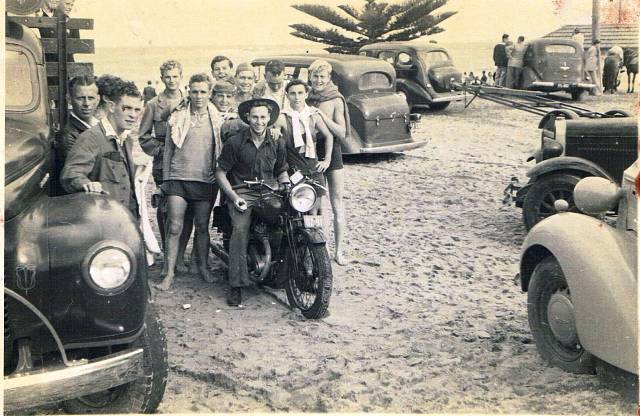
Above: Doug on his bike at Avalon, aged 18, 1944 with mate Max Watt beside him.
Doug loves his fish. Just mention where you may have been brought up and he knows the best fish from there and how and where it should be caught and eaten. We talked about fish. The family photograph albums are filled with pictures of fish caught.
Joan: They used to go fishing out off Avalon; beautiful fish. We always had fish. We were poor, we lived on fish. Beautiful snapper; they’d come in with bags full on their skiffs. And then they’d go around the rocks on North Avalon between Avalon and Whale Beach and get Tailor; and smoke it; we’ve got a smoke box still. It keeps in the freezer. I think we had a freezer before a lot of people had one. We had a chest freezer when we lived up there, many many years ago purposefully for fish.
So what was the best fish you ever caught Doug?
Doug: A nine and half pound snapper off Avalon. Beautiful fish that was!
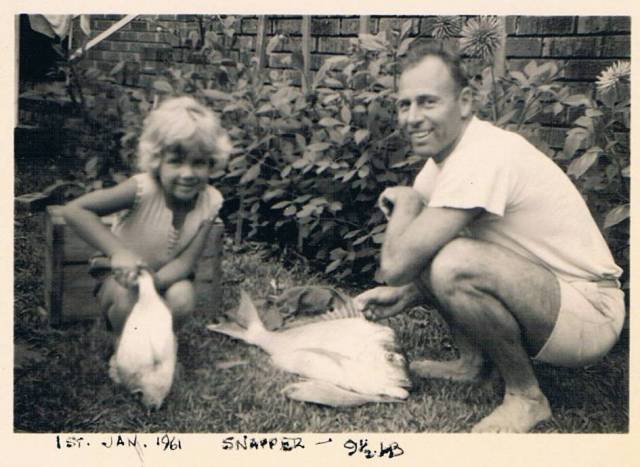
Above: the 9 1/2 pound snapper.
The Boat Doug Built: Doug so loved fishing that he built his own surf boat (modified version) called the Onassis; it was 14.6feet with 3foot beam, and it could be rowed from two positions and it had a traditional sweep oar.
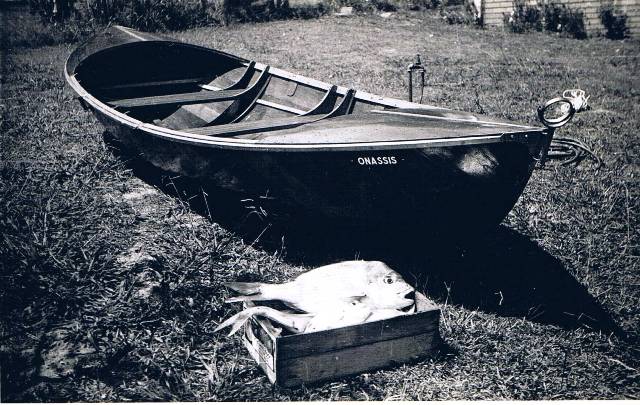
Doug: Motors were outside our price range and you kept yourself fit anyway (doing this). We could walk down to the beach with it.
So what sort of wood was it then?
Doug: That’s where it becomes interesting! The Army had all the coachwood nails in the country because they needed it, you see you couldn’t buy the stuff, and at the end of the War they had all this surplus stuff out at Black Wattle Bay, which was all you could get; and it was 1/16th of an inch thick and about four and a half inches wide, each plank, and so I built a frame first. 237 planks went into it and they were double planks, in fact they’d be triple planked; we’d put a couple together and lay them over on the frame, and they’d lose a bit of length. At the time I had to determine all this from TORS, and I met a bloke who used to come to the dockyard to flog off certain chemicals, and one of the chemicals that he had on his list was a fantastic wood glue; so I’d lay one of these planks over the other and the next day be able to do the other side. On the wall of the Surf Club, in the den, where we had a few grogs on the Friday night, there’s some Surf Craft on the wall there. Flogged my boat off to one of the blokes up the coast, it’s there now.
Doug and Joan are proof of the true resilience and initiative that is part of our essential Australian spirit. They never complained they just ‘got on with it’ and revelled in the getting on with all that needed to be done.
What are your fondest memories of Avalon; what one or two things that stand out?
Doug: Every day.
Joan: We weren’t here for six years during that time. Doug was a Naval Architect you see, and we had to go to Bath, in England for three years to the Admiralty there. We had to go to Canberra for three years after we’d been at Bath.
What year did you go to Bath?
Doug: End of 1962.
Joan: And we had to let the house. We didn’t want to sell it. It’s facing north-east, and when we first built it we had a good view of the water of course, but as the trees grew that got diminished, and we’d built it by hand, ourselves. So it had all these little personal things in it. We have two children, Susan was first, then Richard, he’s a Legal Officer in the Air Force now but started in the Navy. Susan was in the first Year 12 at Barrenjoey and went into the Air Force after she finished. They went to school in England and came back with Somerset accents. Both went into the Services.
Being a Naval Architect; what does that involve?
Doug: Building ships. You see the Navy has ships and shipyards. They used to build them at Cockatoo Docks in Sydney but that was phased out. I think they got a bit too expensive to buy. I did a five year apprenticeship there in the dockyard (Garden Island) and then somebody was looking out the window one day and said ‘I’ll have him, bring him up here in the Drawing Room (meaning Doug)’. So I moved up into the Ships Drawing Office. And that started the whole business going well as far as my person was concerned. I had to go to the Sydney Tech College as it was then of course, it was nominated as five years.
So when you’re not building ships you’ve been on the beach being a lifesaver?
Doug: Swimming and running have always been what I love. I went to the dockyards as an apprentice and at the dockyard, would you believe, there’s a swimming pool, it’s open to the Harbour, and sometimes the water wasn’t real clean, but it used to flood up every high tide and run down again at low tide, at which point you couldn’t swim in it, but any time from half tide up you could. We used to have swimming races every lunch time! Lunch? Bugger that; we’d rather race around (to) the pool and have a swim. So I’ve always indoctrinated myself as a swimmer. And I did a few tricks down here I suppose; won a few events and met a few of the men down here that way.
Have you heard of Hal Bailey ?
Joan: His mother used to live in the same street as him; they were Whale Beach people.
Doug: He’s a tremendous swimmer. He was really a strong man and he was always winning… I couldn’t get near him (in the races).
So there was rivalry there?
Joan: Not really because their mothers were all great friends; so even though there was between clubs; ie Avalon and Whale Beach, there were friendships that over-rode those.
Doug: Four of us in the Surf Club were presented with a Blazer for 60 years service a few years back. (others were; Ken Davidson, Don Imison and best mate Max Watt).
Doug’s whole life has been centred around the ocean. The sparkle in his eyes as he speaks of his days on the dockyards helps us realise that these individuals formed a kind of family that also, especially during and after the war ‘just got on with it’ and made the best of what they had available. Doug’s eyes light up when he speaks of these places and times. NB: never say the word ‘boat’ when you should be saying ‘ship’; definitions of differences below.
The Cranes still have an attitude of ‘just get on with life’. They didn’t expect handouts but are also kind and generous with their time and selves. They revelled in the seasons and related the closeness of community then, of how all the members of the Surf Club would spend three weekends over Christmas at cabins at Sussex Inlet together. They were all the best of mates, had endured hardships but experienced the best life has to offer, sun, sea, and fishing.
Avalon Shark Story - Joan: it was a crowded beach and everyone was coming out and the lifesavers were blowing whistles and getting them all out because the shark was in quite close. This one man was still out there and he (Doug) had to swim out and tap him on the shoulder, because of course they all thought he must be deaf, and do you know what this chap said ?
‘I’ve never been asked to leave before.’
You know, I’ll always remember that day, all these poor people on a beautiful summer’s day, on the beach, the shark alarm going mad, and this guy’s still out there…
How old was he?
Joan: Early twenties, wasn’t a teenager. I was absolutely dumbfounded when Doug came out and said what he’d said.
What is your motto for life?
Live by water !
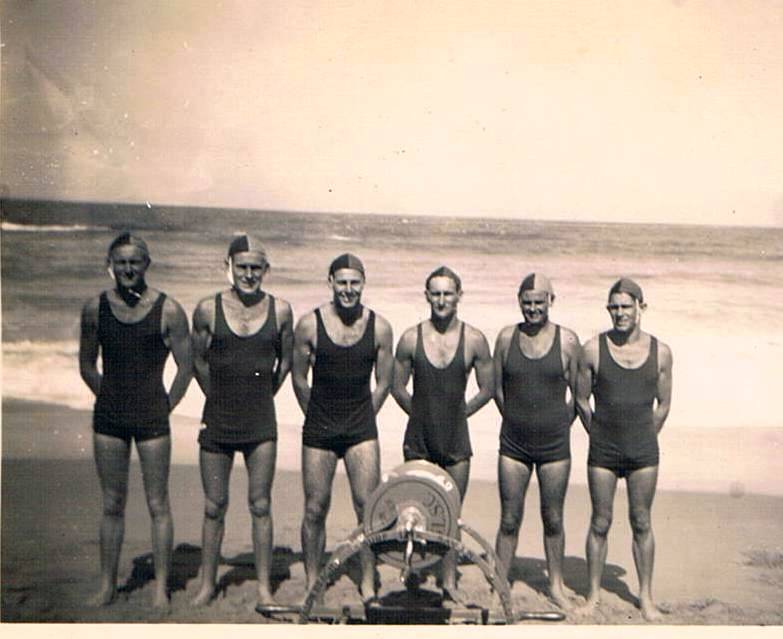
Above and below: Doug and his mates 1946-48 - Doug is 3rd from left (above).
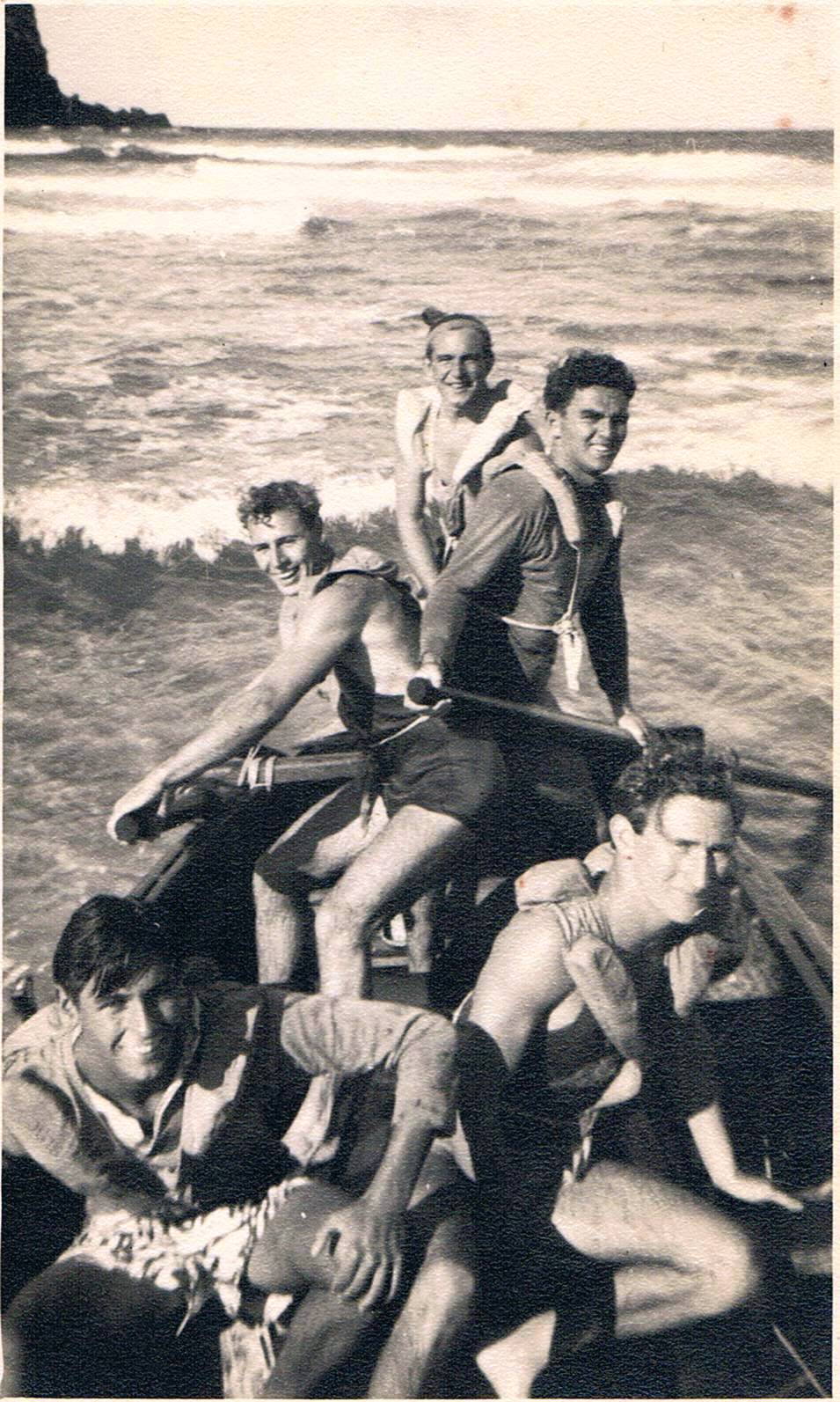
Doug Crane
Further Reading:
Inspired by the remarkable work performed by members of the Woolloomooloo Police Boys' Club in patrolling Avalon Beach, a batch of youngsters from the Leichhardt Police Boys' Club became qualified life-savers during the week-end. They were tutored by Constable Ray Murdoch, a member of the Freshwater Club, and amazed Surf Life Saving Association examiners by their proficiency and confidence. Murdoch gained his instructors' certificate, and M. W. Koller, R. H. Marshall, D. J. Marshall, A. Hensley, and W. P. Drury their bronze medallions. K. Taylor, who is only 15, secured his qualifying certificate. Although these youths are not attached to any club, they are now qualified life-savers, and are eligible for entry to any registered surf life-saving club. In the last two years more than 40 awards have been made to members of police boys' clubs. SURF LIFE-SAVERS AS HUNTERS. (1944, December 19). The Sydney Morning Herald (NSW : 1842 - 1954), p. 8. Retrieved from http://nla.gov.au/nla.news-article17932315
Boat: from Old English bāt; related to Old Norse beit boat
A relatively small, usually open craft of a size that might be carried aboard a ship.
An inland vessel of any size.
1. (Transport / Nautical Terms) a small vessel propelled by oars, paddle, sails, or motor for travelling, transporting goods, etc., esp one that can be carried aboard a larger vessel
2. (Transport / Nautical Terms) (not in technical use) another word for ship
3. (Military) Navy a submarine
4. a container for gravy, sauce, etc
5. (Christianity / Ecclesiastical Terms) a small boat-shaped container for incense, used in some Christian churches
in the same boat: sharing the same problems
miss the boat: to lose an opportunity
push the boat out: Brit informal to celebrate, esp lavishly and expensively
rock the boat: Informal to cause a disturbance in the existing situation
Ship: from Old English scip; related to Old Norse skip, Old High German skif ship, scipfī cup
A vessel of considerable size for deep-water navigation.
A sailing vessel having three or more square-rigged masts.
An aircraft or spacecraft.
(Transport / Nautical Terms) a vessel propelled by engines or sails for navigating on the water, esp a large vessel that cannot be carried aboard another, as distinguished from a boat
(Transport / Nautical Terms) Nautical a large sailing vessel with three or more square-rigged masts.
Bronze Medallion requirements Timeline:
Since 1925 and For 86 years Avalon SLSC, a voluntary organisation, has saved the lives of those who are in peril in our surf. Although it is not one of the major, older established clubs, Avalon Beach SLSC has made a number of significant contributions to surf lifesaving. It is the home of the IRB (Surf Life Saving Australia's main item of rescue equipment), several strong competitors, and SLSA-approved leg ropes on rescue boards. Avalon Beach was also the first place Malibu board riding was seen in Australia, it's members introduced surf board riding to Britain and started the Avalon stomp. From Avalon SLSC AT: http://www.avalonbeachslsc.com.au/
Today, however, one can more than just appreciate the inspiration and leadership provided by these very special people. The Avalon club would not be where it is today if it were not for their unselfish dedication and specialist skills. Trevor Fuller, from: http://trevfuller.blogspot.com/2008/10/legends_09.html
Cockatoo Island Shipbuilding History PDF (197 pages): http://www.navy.gov.au/w/images/PIAMA04.pdf
The maritime history of Cockatoo Island began within a decade of the penal settlement being established. Work began on the Fitzroy Dock in 1847 and it was completed ten years later. Sutherland Dock was built with free labour between 1882 and 1890. These impressive dry docks were fully occupied repairing Royal Navy and colonial vessels.
Shipbuilding began on the island in 1870 with the construction of dredges, barges and tugs. In 1913 Cockatoo Island became the naval dockyard of the Royal Australian Navy. During World War I some 4000 men were employed on the island building, repairing and refitting ships. Ships built after the war included the cruiser HMAS Adelaide and HMAS Albatross, the first aircraft carrier for the Royal Australian Navy.
When shipbuilding activity declined in the late 1920s, the Commonwealth Government decided to lease the island to the private sector. During the 1930s shipbuilding activity picked up and as World War II loomed, merchant ships and luxury liners were converted to troop transports, stores and hospital ships. Orders were placed for the construction of sloops, boom defence vessels and destroyers.
For almost 60 years until the lease expired in 1992, the island was one of Australia's major shipbuilding yards.
From: HERE
Garden Island History more at: http://www.gardenisland.info/1-00-000.html
Garden Island has supported naval activities since 1788 with the role and utilisation of the island varying over the years. Originally the small island of 4.6 hectares was literally used as a garden bed to produce food for the ship's company. By 1946 land had been reclaimed between Potts Point and Garden Island, expanding the Garden Island site to 27 hectares.
Garden Island was also the site of the sinking of the accomodation ship KUTTABUL in 1942 by Japanese midget submarine with the death of 21 Australian and British sailors. At this time, the site had been designated Australia's main naval port and ship repair site and the construction of the Captain Cook Graving Dock was underway. Hundreds of war ships have berthed at Garden Island over the past two hundred years, including many that have docked for repairs and maintenance.
Interactive Garden Island: http://www.gardenisland.info/1-05-000.html
Woolloomooloo Police Youth Club Avalon SLSC Association:
From: http://www.pcycnsw.org.au/prime_about_hist_stories_bill
Another enjoyable part of my Club life was the ‘Loo Club' assisting with maintaining the Avalon Surf Club. We used to travel to Avalon in a rather large old Packard car driven by Eddy Dash. All the boys got their Bronze Medallion with assistance from police who were Surf Club members.
Hal Baily
First a member of North Bondi SLSC, Hal then joined Whale Beach SLSC in 1943 after war service. Hal’s surf skills are legendary. At 52, in 1970, he revelled in heavy seas to win the open surf race at the Whale Beach carnival. As a Life Member of the club, Hal won numerous medals in Masters swimming in Australia and overseas.
From: http://www.whalebeachsurfclub.org/history.html
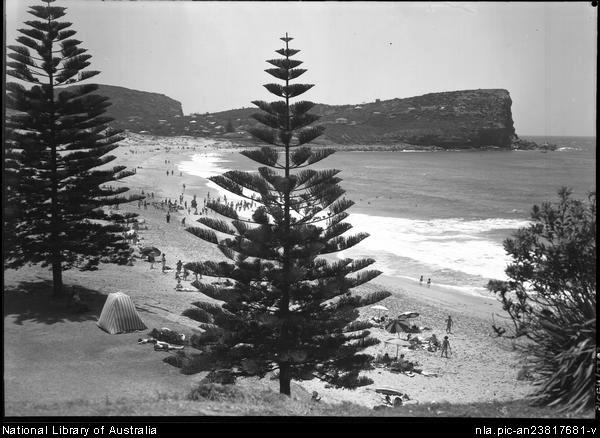
Above and below: Avalon in the 1950's.
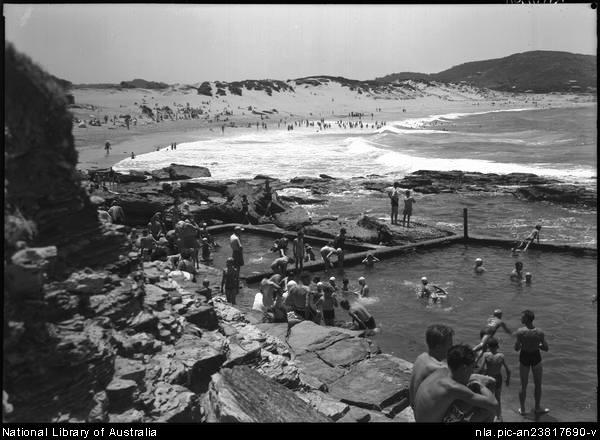
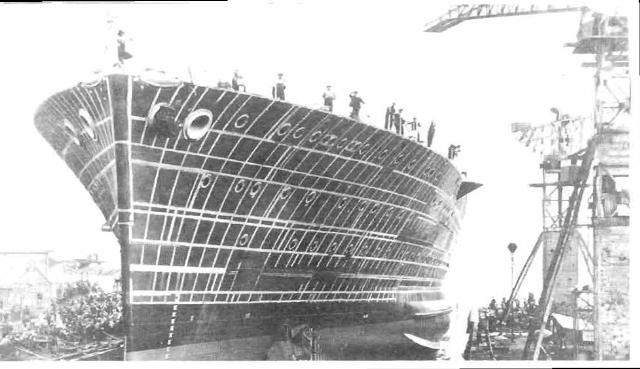
Above: HMAS Albatross, launched from Cockatoo Island in 1925.
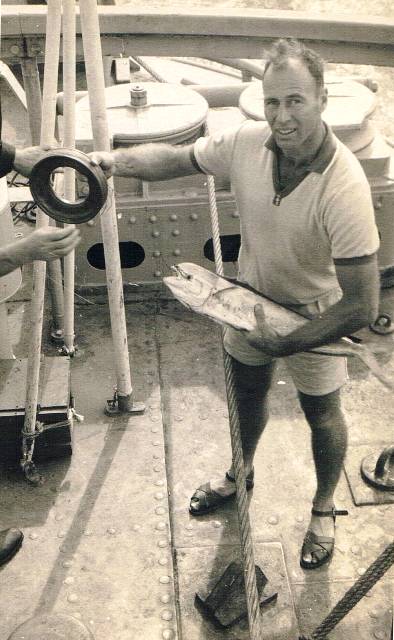
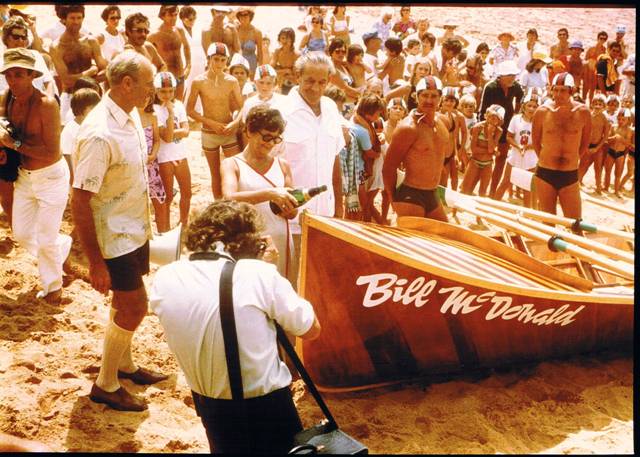
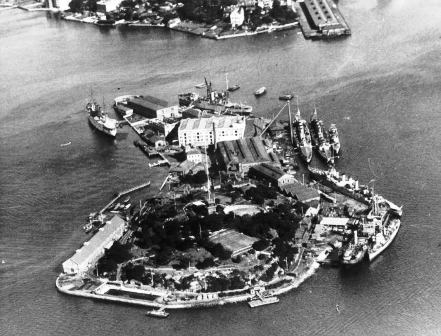
Above: Garden Island with pool at front of picture.
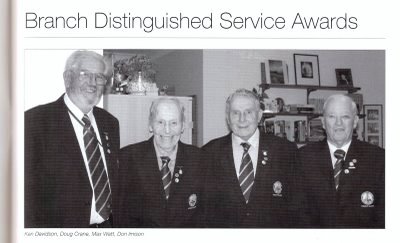
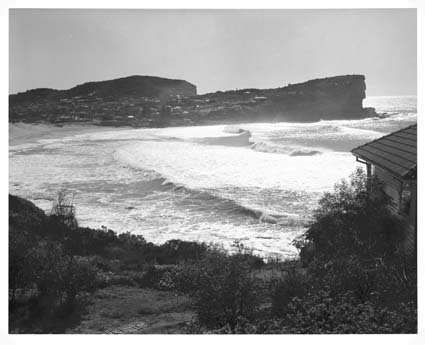
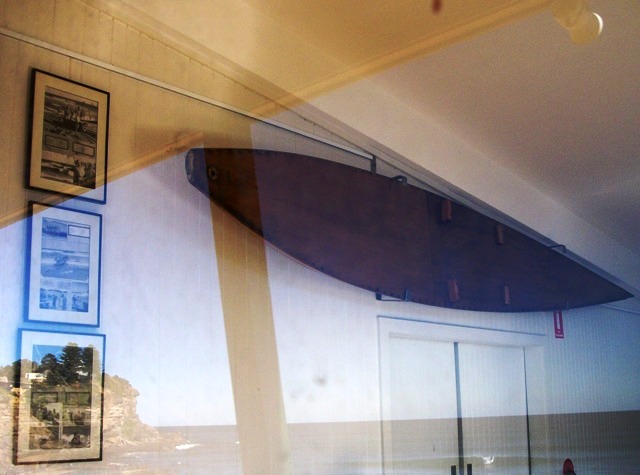
Above: Big Surf at Avalon, 1967. Photo: Crane family. and: Doug's ski at Avalon Beach SLSC old Clubhouse - used by Max Watt
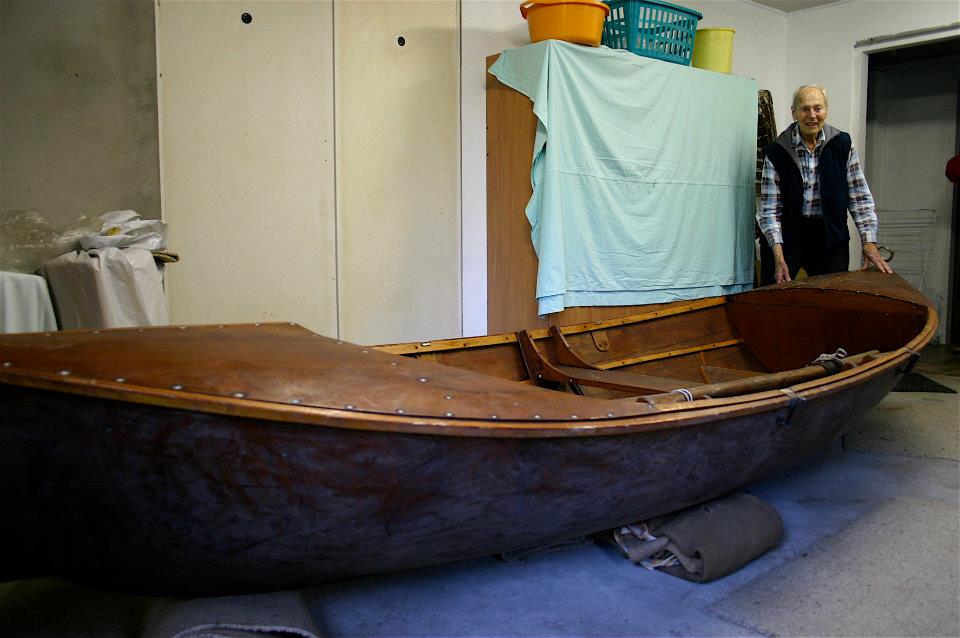
Doug with his handmade boat in the old Avalon Beach SLSC